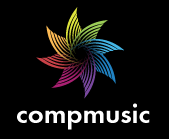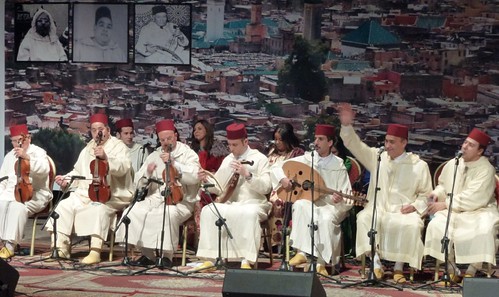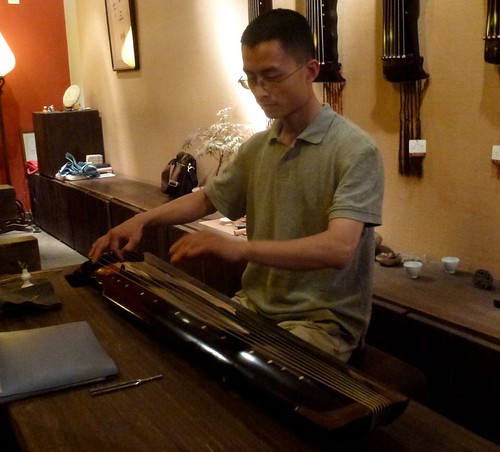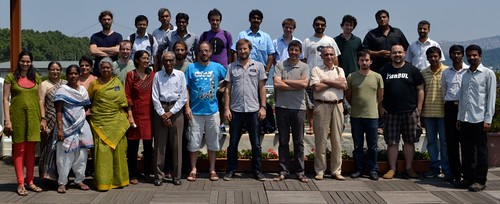Ontologies, Semantic Web and CompMusic
In CompMusic we have pooled in a lot of resourceful information about music from different parts of the world, from a variety of sources: metadata (eg: Musicbrainz), structured data on the web about different entities (eg: DBPedia pages for artists/raagas), audio analysis (eg: melodic/rhythmic descriptions) and data mining (eg: forum/social data analysis, textbooks). Dunya [1], being developed in the project, is a web-based software application to navigate the music collections using descriptions of concepts specific to the given music. Specifically in this context, even though each of the information sources is useful and important in its own way, interlinking them yields certain advantages. Some of these are mentioned as we progress through the blog post.









